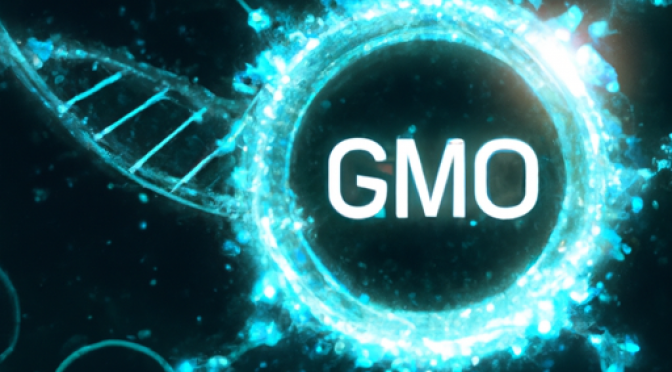Introduction
Genetically Modified Organisms (GMOs) have been a subject of debate for many years. One potential application of GMOs is to enhance their nutritional value, thereby addressing global food security challenges. Machine learning, a subset of artificial intelligence, has the potential to revolutionize the design and optimization of GMOs for improved nutritional content. This article explores the role that machine learning can play in this domain.
Understanding GMOs and Nutritional Value
GMOs are organisms whose genetic material has been altered through genetic engineering techniques. The aim is to introduce specific traits or characteristics that are not naturally present in the organism. When it comes to nutritional value, GMOs can be designed to have higher levels of essential nutrients, such as vitamins, minerals, and proteins.
The Role of Machine Learning
Machine learning algorithms can analyze vast amounts of genetic and nutritional data to identify patterns and relationships. By leveraging this technology, scientists can optimize the design of GMOs to enhance their nutritional value. Here are some key ways in which machine learning can contribute:
1. Predictive Modeling
Machine learning algorithms can analyze existing genetic and nutritional data to build predictive models. These models can then be used to predict the nutritional content of potential GMO designs. By simulating different genetic modifications, scientists can identify the most promising candidates for further experimentation.
2. Genetic Optimization
Machine learning can assist in optimizing the genetic modifications required to enhance nutritional value. By considering various genetic combinations and their impact on nutritional content, machine learning algorithms can identify the most effective modifications to achieve the desired nutritional goals.
3. Data Integration
Machine learning can integrate data from various sources, including genetic databases, nutritional databases, and scientific literature. By combining these diverse datasets, scientists can gain a comprehensive understanding of the relationship between genetic modifications and nutritional outcomes. This integrated knowledge can guide the design of GMOs with improved nutritional value.
4. Rapid Screening
Traditional methods of screening GMOs for nutritional value can be time-consuming and costly. Machine learning can accelerate this process by automating the screening of potential GMO designs. By analyzing large datasets, machine learning algorithms can quickly identify GMO candidates with the highest potential for enhanced nutritional value.
Conclusion
Machine learning has the potential to revolutionize the design and optimization of GMOs for improved nutritional value. By leveraging predictive modeling, genetic optimization, data integration, and rapid screening, scientists can accelerate the development of GMOs with enhanced nutritional content. However, it is important to consider ethical and safety implications while harnessing the power of machine learning in this field. With careful regulation and responsible use, machine learning can contribute significantly to addressing global food security challenges through the optimization of GMOs.

